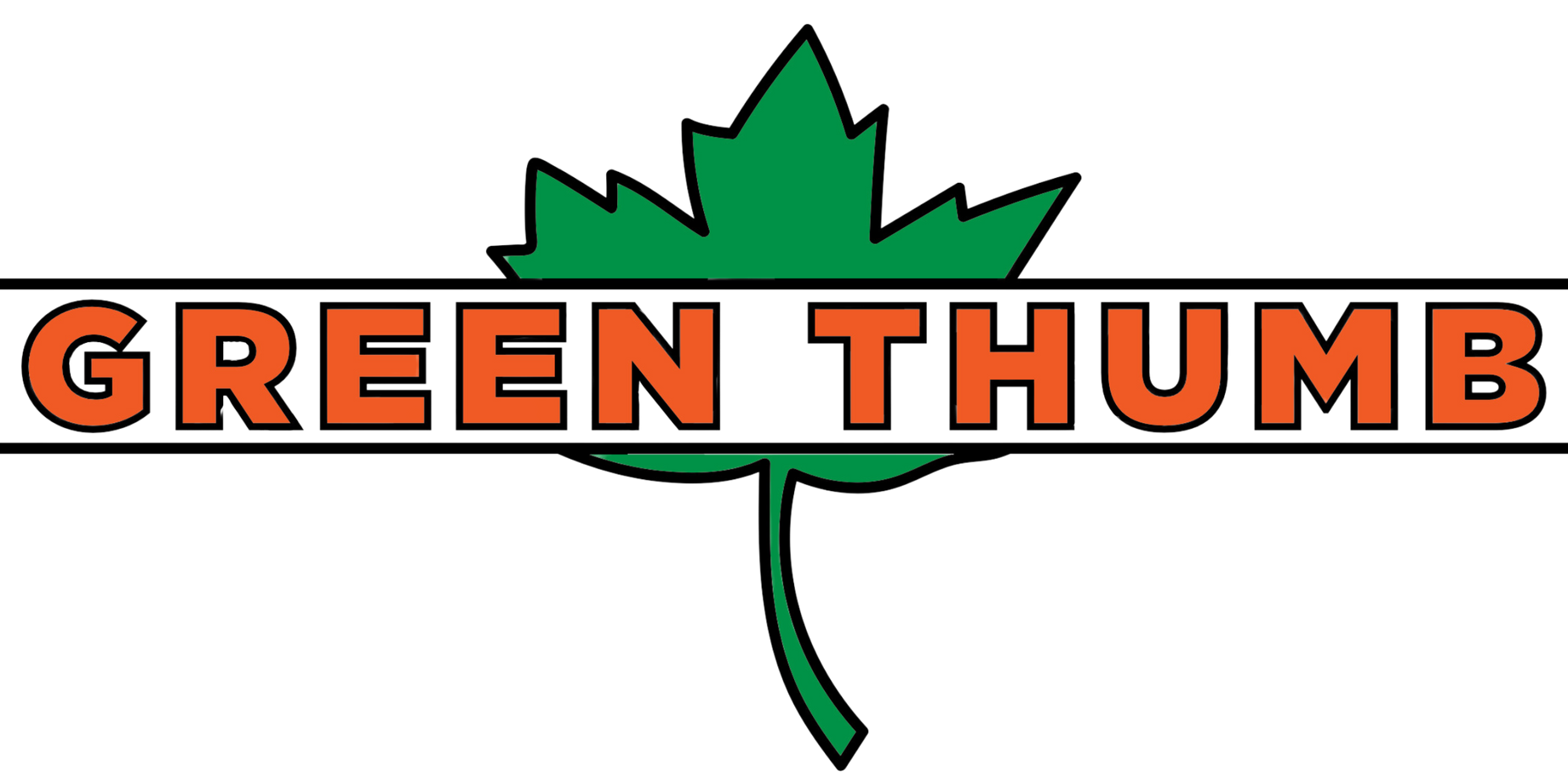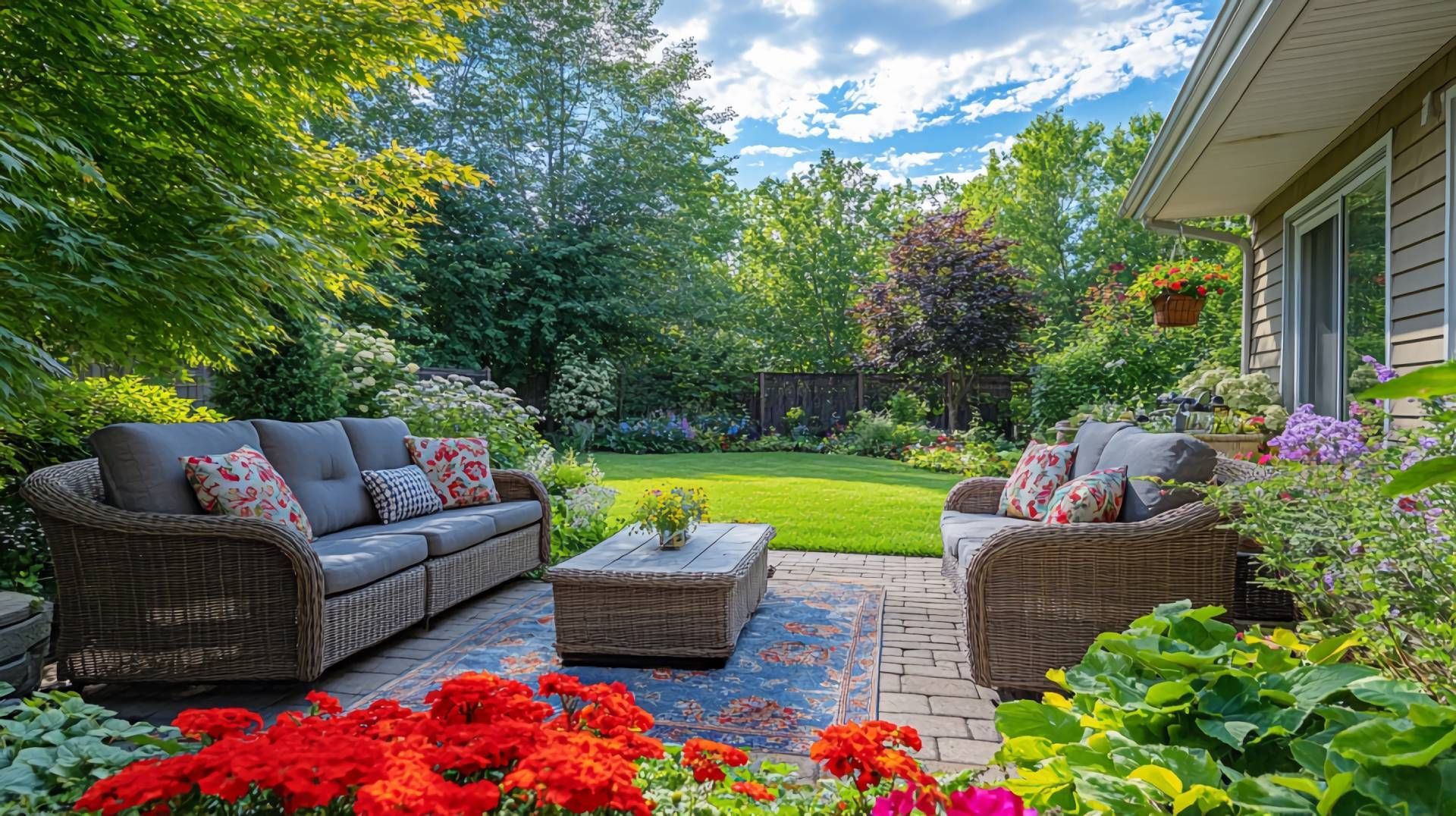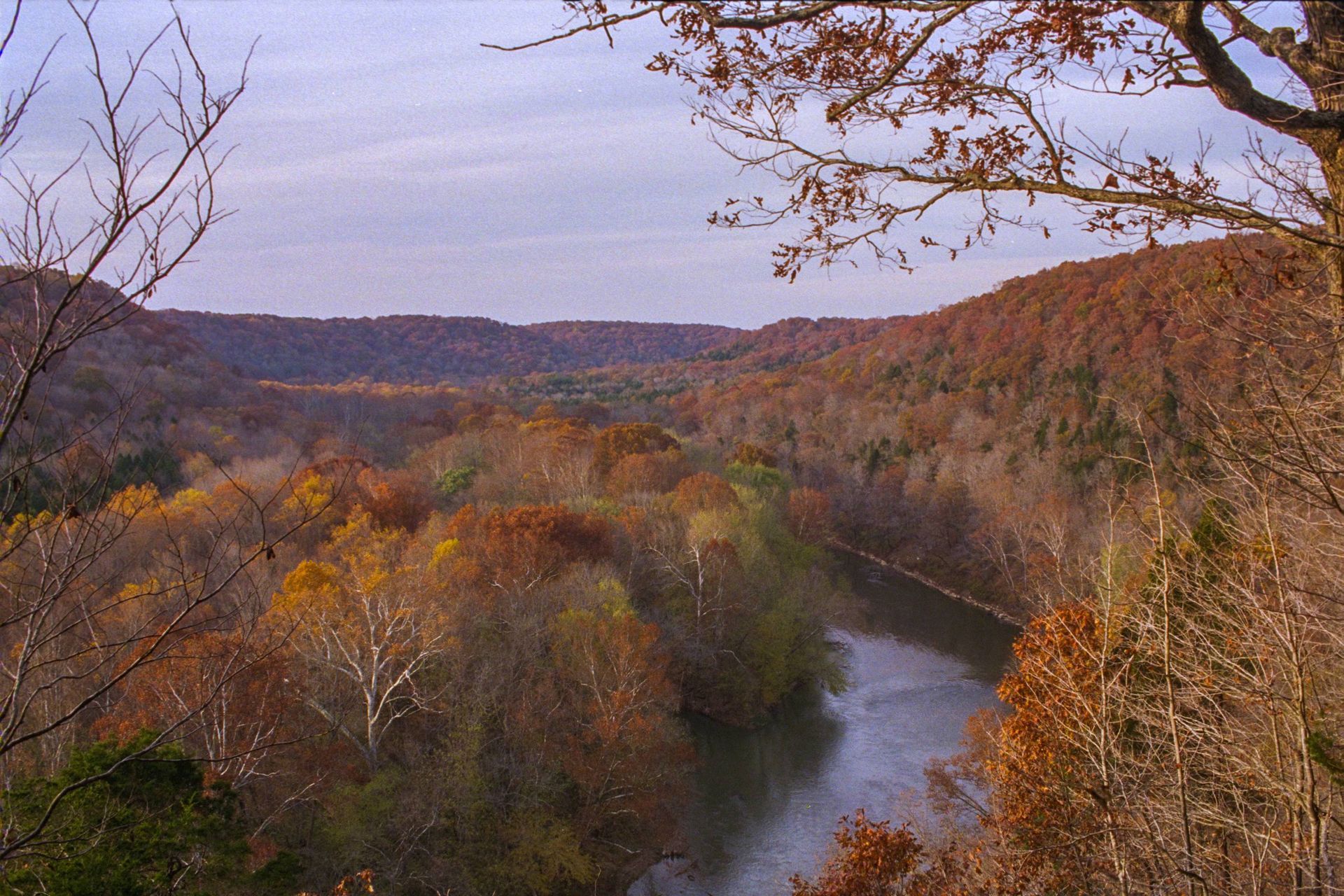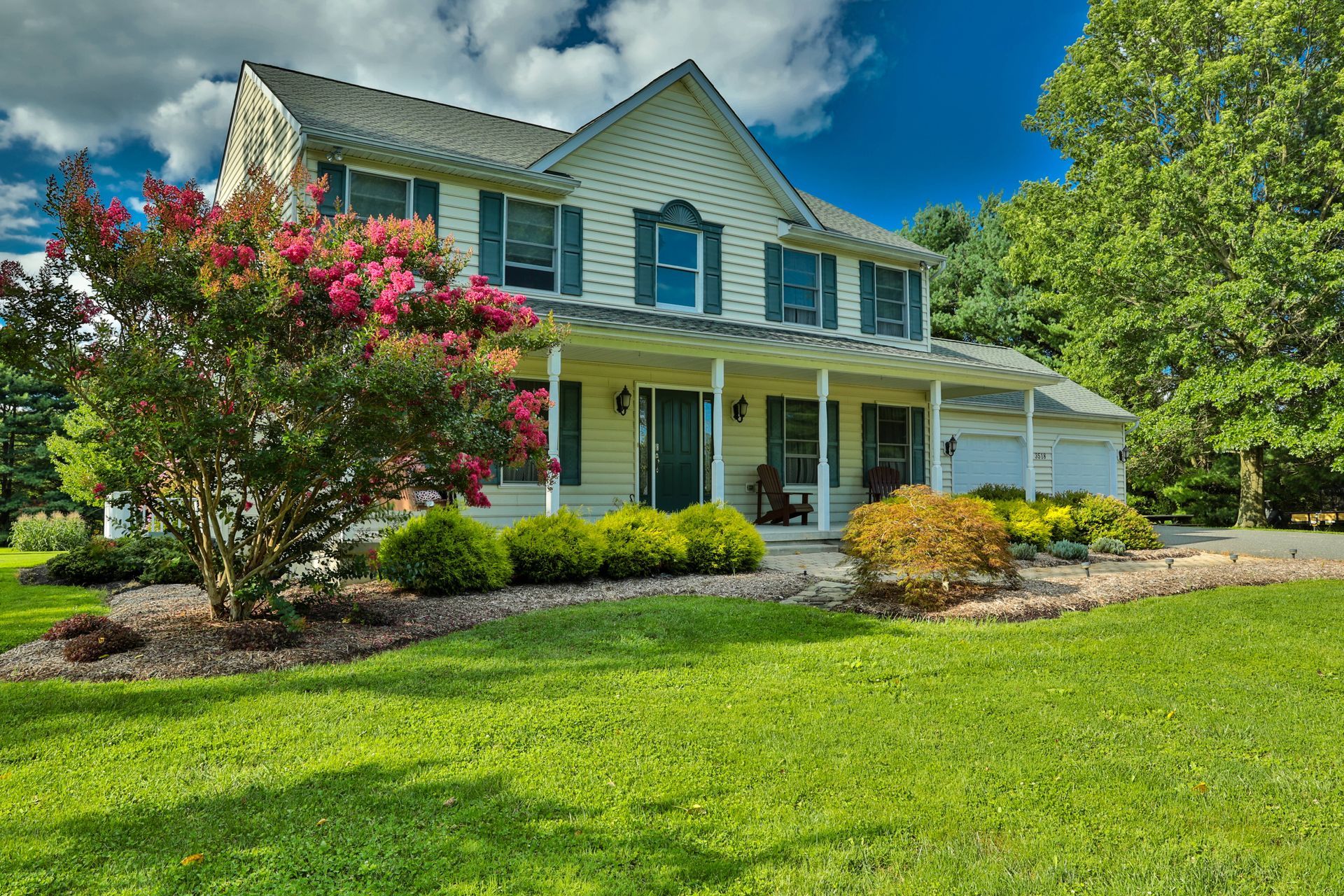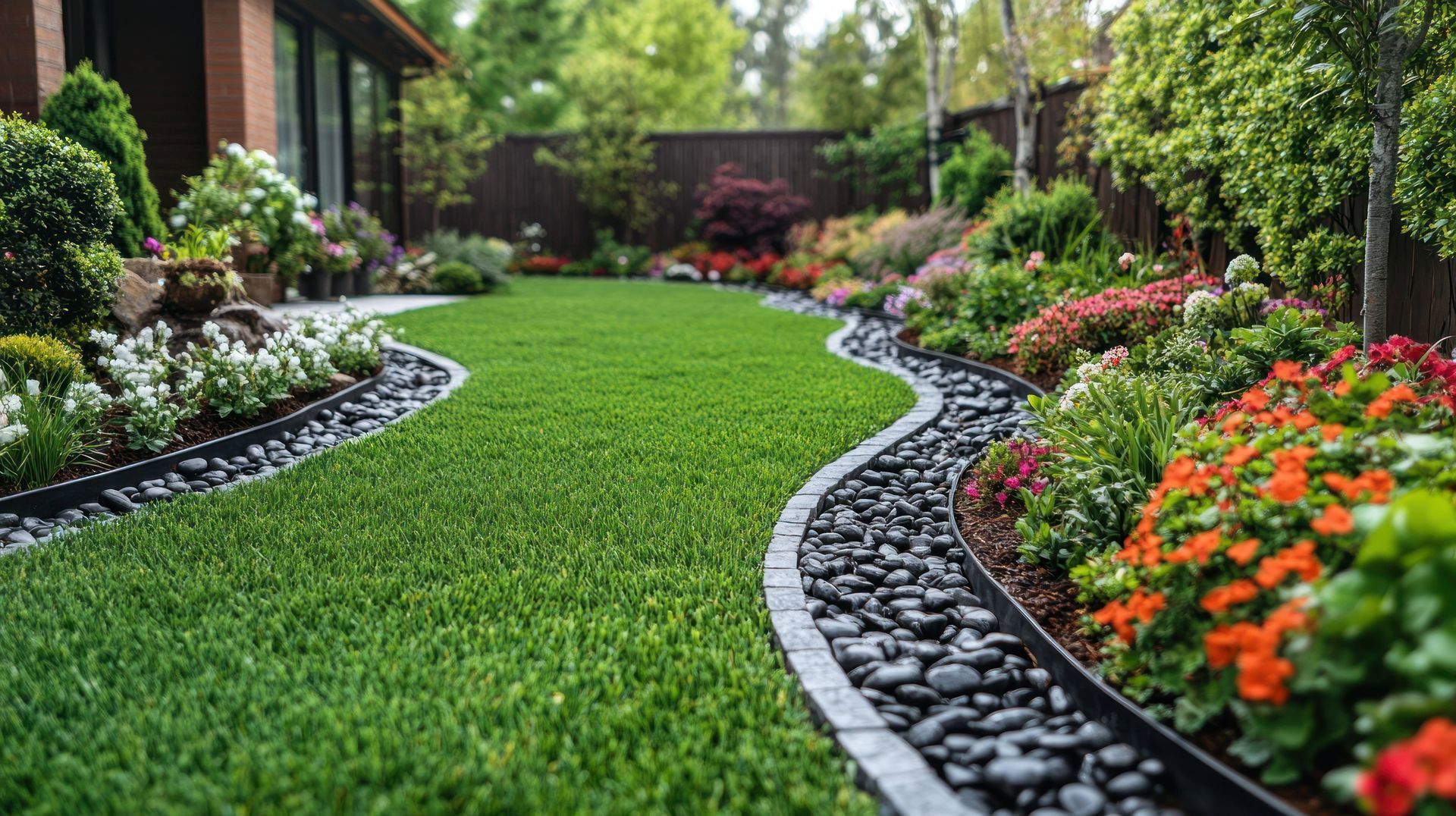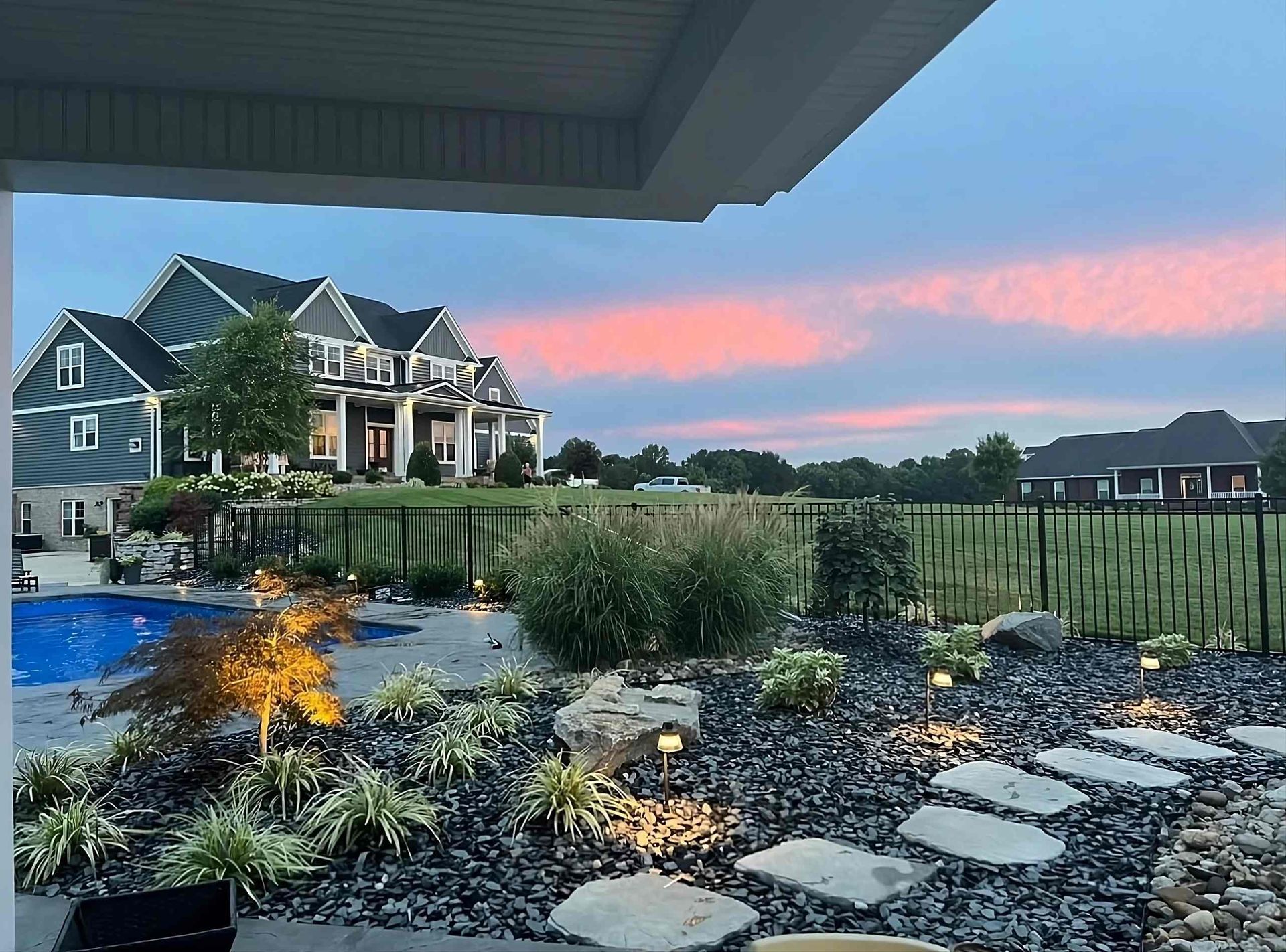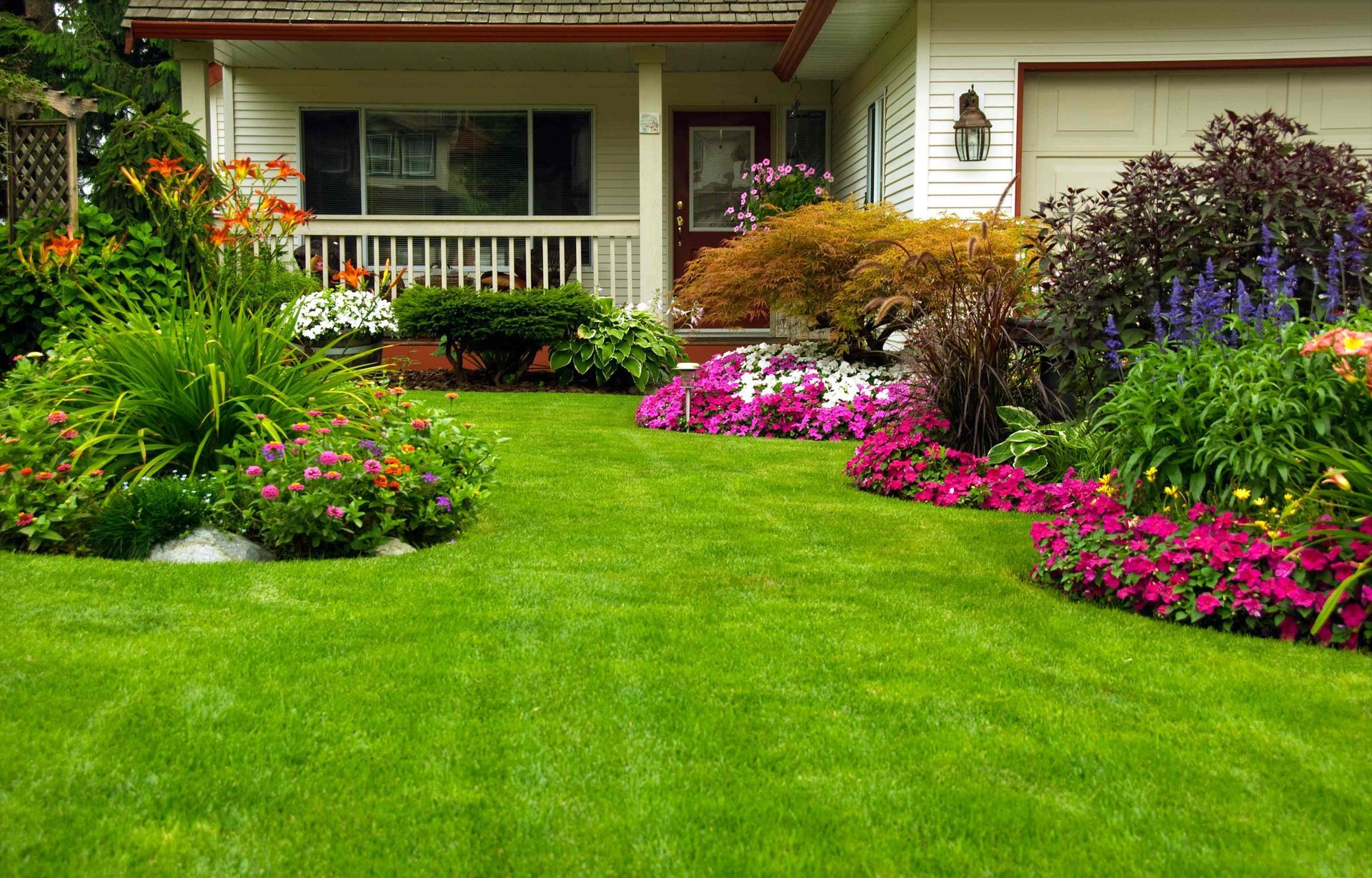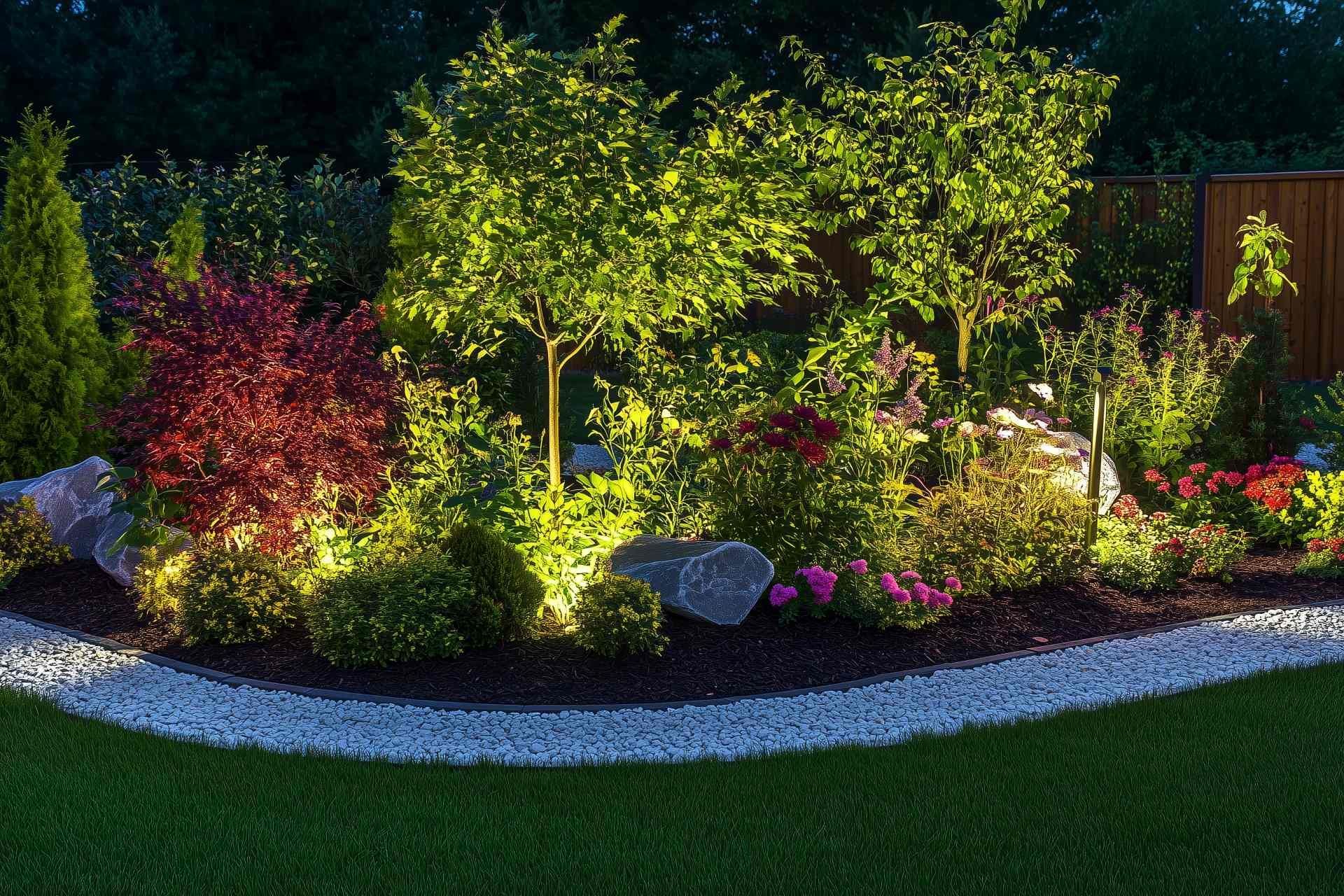The Green Thumb Lawn & Landscape Guide To Plants
Choosing the right plants for your Kentucky landscape requires knowing which species thrive, which cause problems, and which keep everyone comfortable. Green Thumb Lawn & Landscape has spent years learning what works and what causes headaches in local gardens. This guide shares our practical insights about plant selection for successful landscaping.
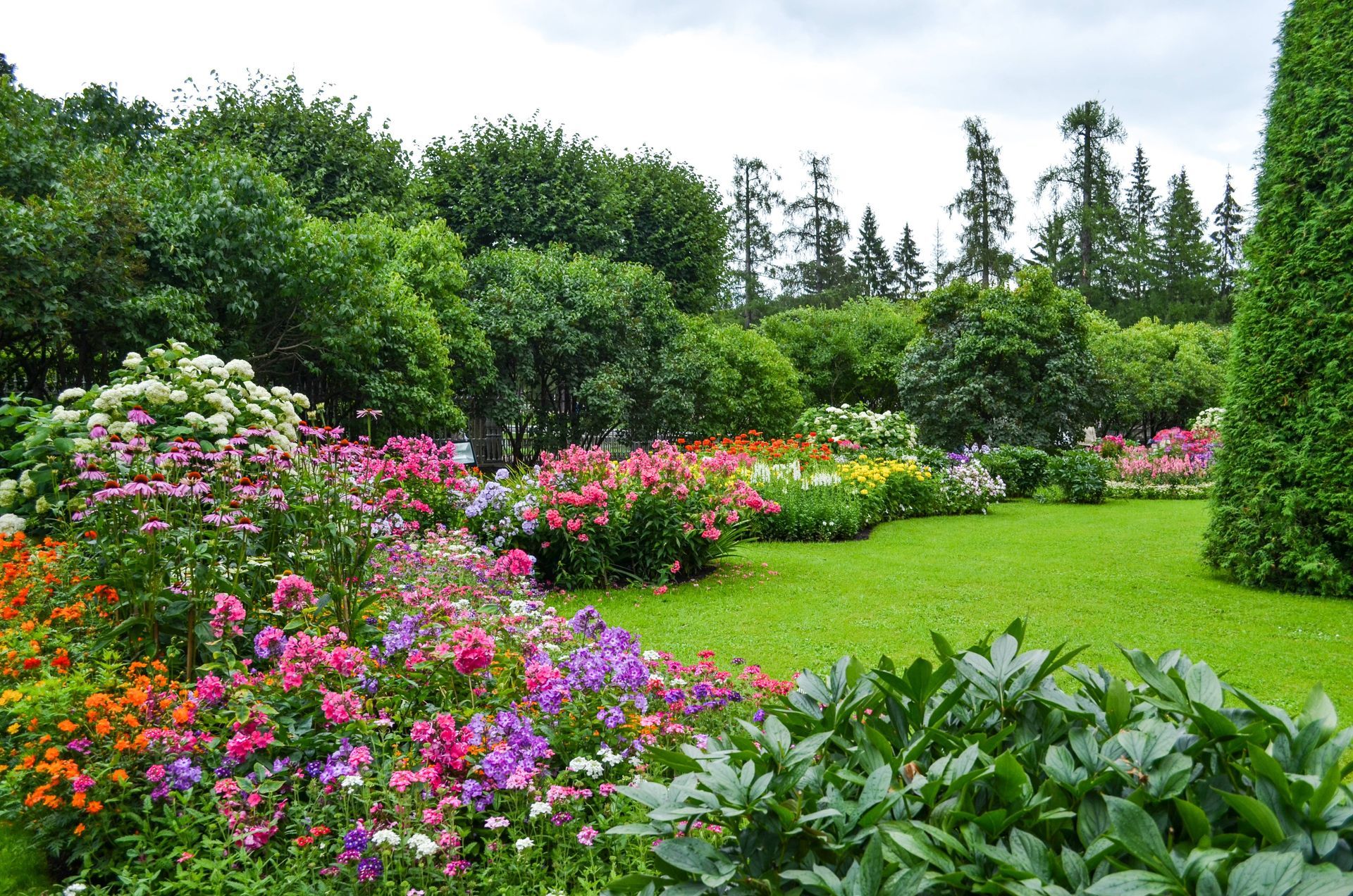
Troublesome Non-Native and Invasive Plants
Some plants arrive from other regions and become neighborhood nightmares. These invaders need to be removed immediately before they establish deep root systems that persist for years:
- Kudzu: Earned its reputation by smothering entire forests across the South, growing up to a foot per day during summer months.
- Japanese Stiltgrass: Creates dense mats that prevent native seedlings from sprouting, gradually changing entire forest ecosystems.
- Bush Honeysuckle: While it produces berries that birds eat, it forms dense thickets that shade out native wildflowers and young trees.
- Garlic Mustard: Leeches chemicals into the soil that inhibit other plants from growing nearby, creating barren zones around established patches.
Early detection and swift action make all the difference when dealing with these invasive species. The longer they grow, the harder and costlier removal becomes.
Watch Out for Aggressive Native Plants Too
Native plants sound like the obvious choice for Kentucky gardens, but some spread faster than gossip in a small town. Planning proper barriers and regular maintenance keeps these enthusiastic growers from becoming garden bullies.
- Canada Goldenrod: This innocent-looking perennial with yellow blooms spreads through rhizomes and seeds, and will take over entire garden beds. Once established, removing it becomes a multi-year battle.
- Wild Bergamot and Black-eyed Susan: While they bring pollinator benefits, these plants require regular management to prevent them from crowding out other plantings.
- Virginia Creeper: This vine climbs everything in sight and quickly overtakes structures and other plants.
Native Plants and Hypoallergenic Plants for Smart Landscaping
The best landscape design balances beauty with manageable maintenance while keeping everyone comfortable. These well-behaved plants create the backbone of sustainable Kentucky landscapes:
- Butterfly Milkweed: Brings orange blooms and monarch butterflies without aggressive spreading tendencies.
- Purple Coneflower: Attracts pollinators all summer, then feeds finches with its seed heads through winter.
- Cardinal Flower: Draws hummingbirds with brilliant red spikes while staying put where you plant it.
- Hairy Wood-Mint: This hypoallergenic plant has fragrant purple blooms. It relies on insects for pollination rather than wind-blown pollen, reducing allergy triggers.
- Mountain Sweet-Pepperbush: These hypoallergenic white summer blossoms attract butterflies and bees while producing minimal airborne pollen.
- Eastern Redbud and Flowering Dogwood: These native and hypoallergenic trees provide shade and seasonal color without the heavy pollen loads of oak or pine trees.
These beloved plants support local wildlife, withstand climate extremes, and return reliably each spring.
Choose Green Thumb Lawn & Landscape For Your Kentucky Property
Green Thumb Lawn & Landscape helps property owners grow thriving landscapes that won't become maintenance nightmares. Our plant selection expertise saves you from costly mistakes and years of fighting aggressive spreaders. Serving areas across Kentucky, including Campbellsville, Danville, Bardstown, Russell Springs, Lake Cumberland, and Jamestown, KY. Call (270) 469-9000 today or reach out to us online to book your landscape design consultation!
